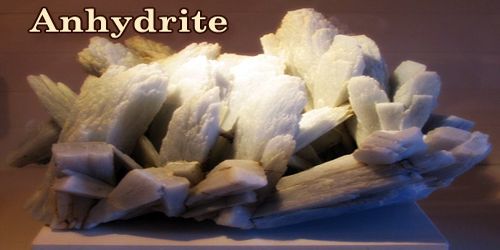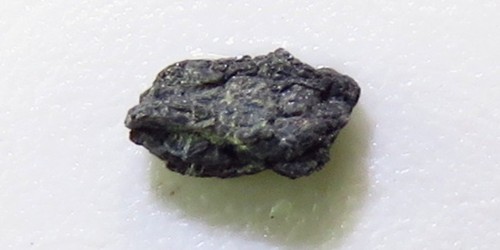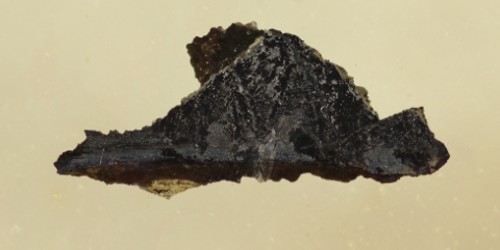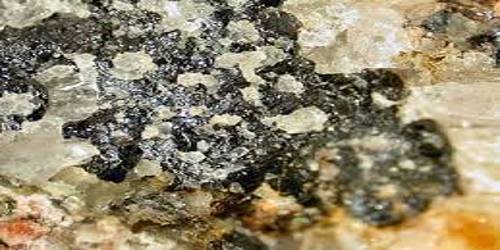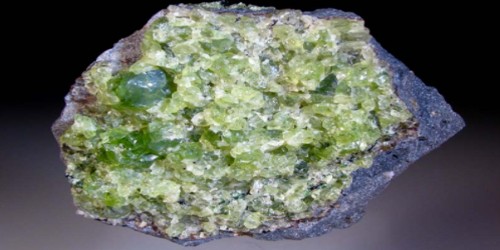Blödite or bloedite is a hydrated sodium magnesium sulfate mineral with formula: Na2Mg(SO4)2·4H2O. It is consisting of a hydrous sodium magnesium sulfate that is colorless or white when pure and occurs in monoclinic crystals or massive
The mineral is clear to yellow in color often darkened by inclusions and forms monoclinic crystals. They also can be easily recrystallized in laboratories enabling sedimentologists to obtain their specific characteristics of formation, such as temperature, solution concentrations, etc.
Blödite was first described in 1821 for an occurrence in a salt deposit in Ischler Salzberg, Bad Ischl, Gmunden, Austria and named for German mineralogist and chemist Karl August Blöde (1773–1820). It is found worldwide in evaporitic sedimentary environments such as the Great Salt Lake, Utah.
General Information
- Category: Sulfate minerals
- Formula: Na2Mg(SO4)24H2O
- Crystal system: Monoclinic
- Crystal class: Prismatic (2/m) (same H-M symbol).

Properties
- Color: Colorless, yellow, maybe dark gray, bluish green, or reddish due to inclusions
- Crystal habit: Prismatic to equant crystals, granular, massive
- Fracture: Conchoidal
- Tenacity: Brittle
- Mohs scale hardness: 2.5 – 3
- Luster: Vitreous
- Specific gravity: 2.23
Occurrence
In lacustrine salt deposits and salt efflorescences; probably a product of metamorphism of marine salt deposits; in nitrate deposits; may be a volcanic sublimate.
Blodite also forms an efflorescence on cave and mine walls. An efflorescent mineral is one that forms literally out of thin air, as a “precipitate” of sorts from fumes concentrated with the mineral’s chemical makeup. Crystals of blodite are scarce, but well-formed crystals can show an intricate, multi-faceted, monoclinic form. Specimens of blodite should be stored in a sealed container as they can dry out and crumble.
Information Source:

